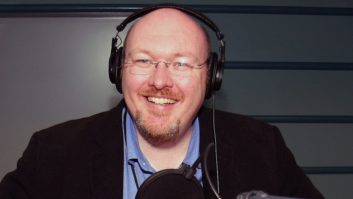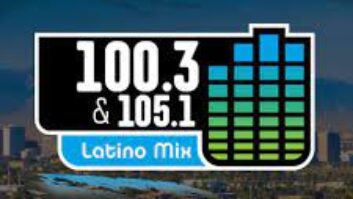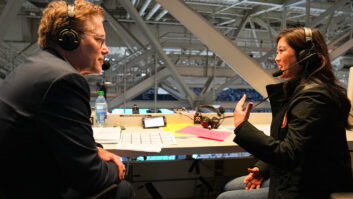The author is the acting Head of Radio for Norwegian public broadcaster, NRK.
 Oct. 8 marked 300 days since national radio stations in Norway switched off their last FM signals. What have we learned so far?
Oct. 8 marked 300 days since national radio stations in Norway switched off their last FM signals. What have we learned so far?
The market looks different, as we expected. Some towns have gone from as few as one or two FM stations — or maybe seven or eight in some cities — to approximately 30. Here at the public broadcaster NRK, we’re proud that all our 15 stations finally reach everyone in Norway!
Demanding
But the switchover is demanding, and far from over. Radio in Norway still has fewer listeners. A political debate about radio in Norway sprung to life last summer. The decline in daily reach after the switchover has energized lobbyists who are fighting digital broadcasting. Opponents of DAB+ in other countries are also cherry picking Norwegian listening figures to tell their own versions of our story.
But we know that listening is rising again in all age groups and regions. DAB+ is an investment for radio the next decades, not a quick fix for a declining analogue platform. Patience is key, even if it doesn’t make for good headlines.
The summer of 2018 was the first without FM radio for more than half the Norwegian population. When radio sank to its lowest figures in the summer, like every year, numbers were red.
But consider this: Since August 2017, when more than half of all Norwegians still had FM, there are 230,000 fewer daily listeners in a population of 5.5 million. Time spent listening in the population has only gone down from 78 to 75 minutes. Weekly reach has fallen less than daily reach: 95 percent of the listeners in August 2017 are still with us in August 2018.
Analysts at Kantar Media estimates that the number of radio sets in use in Norway has almost halved with the switchover! So far only three of five Norwegians have a DAB+ radio or adapter in their car. Adapters are still sold, but many listeners find them cumbersome, and some of the older models are frankly too poor to provide stable signals.
Core strengths
Total listening is the lowest in our capital Oslo and the surrounding urban areas. There was always more to choose on FM there, and there is still commercial radio on FM in the city despite a lack of permit from the authorities. That’s why the switchover in Norway’s most populous areas is delayed.
But Norwegians still choose radio when they think it’s worth choosing. The traditional “Easter Labyrinth,” a show on our largest station NRK P1 every Easter since the 1980s, reached an all time high in daily reach this year, of all years! The Olympic Winter Games and the FIFA World Cup attracted so many listeners to our NRK Sport station that it rose from the usual share of one or two percent to more than 20 percent — Norway’s third largest station during the events. The digital listeners know where to tune in when they want to.
More than half of all listeners had already gone digital back in 2015, or we wouldn’t have switched off FM as early as last year. Radio has not lost our biggest fans but the more casual listeners. They haven’t necessarily abandoned radio, many settle for the FM signals of local stations that can remain analog for a few more years.
Some have replaced FM with internet radio. It has grown significantly since the FM switchoff, but we expect even more through smart speakers over the next few years. Web or app radio will go hand in hand with DAB+, but broadcasting is still bigger.
[Read: IBC Highlights Rise of AI and Spatial Audio]
Radio must be based on broadcasting to reach everyone. If the gatekeepers and third parties of the internet get to control people’s access to our content, we won’t only lose control of our distribution. Radio’s competitive edge is at stake: simple, free and independent of middlemen.
FM is not the future. Limited distribution of a limited content cannot compete when social media, YouTube, Spotify and other streaming services challenge radio. Radio must respond with its core strengths — being live and alive, useful and present in listener’s lives.
DAB+ can keep radio relevant in a digital future of endless choices.












